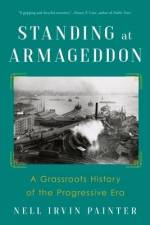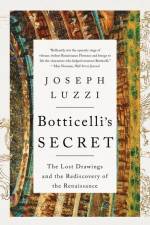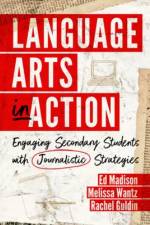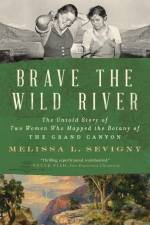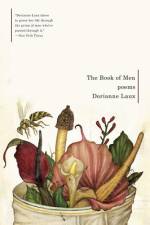av Helen Czerski
167
All of Earth's oceans, from the equator to the poles, are a single engine powered by sunlight, driving huge flows of energy, water, life, and raw materials. In The Blue Machine, physicist and oceanographer Helen Czerski illustrates the mechanisms behind this defining feature of our planet, voyaging from the depths of the ocean floor to tropical coral reefs, estuaries that feed into shallow coastal seas, and Arctic ice floes.Through stories of history, culture, and animals, she explains how water temperature, salinity, gravity, and the movement of Earth's tectonic plates all interact in a complex dance, supporting life at the smallest scale-plankton-and the largest-giant sea turtles, whales, humankind. From the ancient Polynesians who navigated the Pacific by reading the waves, to permanent residents of the deep such as the Greenland shark that can live for hundreds of years, she introduces the messengers, passengers, and voyagers that rely on interlinked systems of vast currents, invisible ocean walls, and underwater waterfalls.Most important, however, Czerski reveals that while the ocean engine has sustained us for thousands of years, today it is faced with urgent threats. By understanding how the ocean works, and its essential role in our global system, we can learn how to protect our blue machine. Timely, elegant, and passionately argued, The Blue Machine presents a fresh perspective on what it means to be a citizen of an ocean planet.











